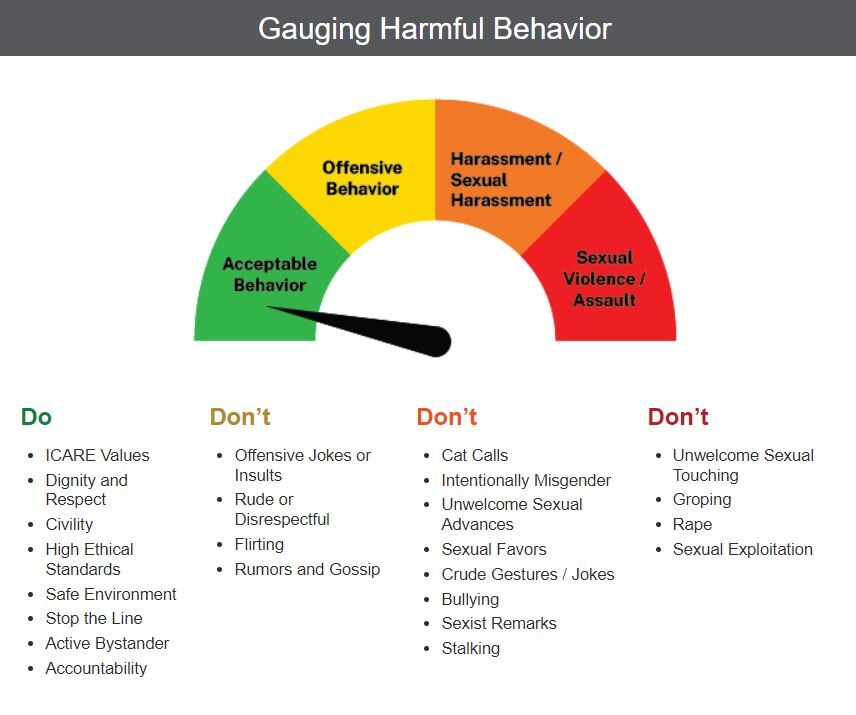WASHINGTON, DC — Despite concerns from agency watchdogs that VA’s sexual harassment reporting process has a perceived conflict of interest, if not an actual one, the department has resisted changing it.
That appears to have shifted with the confirmation of Undersecretary for Health Shereef Elnahal, MD, with VA officials saying the department is willing to reform its reporting process, at least at the facility level. According to critics, however, the same issues will need to be addressed at the national level before VA employees will fully trust the department to handle sexual harassment complaints.
It’s long been understood that VA has difficulties when it comes to curtailing sexual harassment at its facilities. A recent survey found that 17% of VA employees (approximately 70,000 people) experienced some form of sexual harassment in the preceding two years, well exceeding the average percentage at other federal departments of about 12%.
But, despite thousands of employees experiencing it, only a small percentage report it. A recent one-year period saw VA receive fewer than 500 formal sexual harassment complaints system-wide.
A Government Accountability Office (GAO) report from two years ago placed much of the blame for that discrepancy on VA’s reporting structure, which has the same people responsible for overseeing and advising personnel handling Equal Employment Opportunity (EEO) complaints. On the national level, the VA’s EEO director oversees both VA’s personnel functions and its EEO functions. And on the hospital level, EEO program managers are required to report to hospital administrators rather than to VA’s Office of Resolution Management, Diversity, and Inclusion.
“Two years ago, the GAO testified that many employees do not report sexual harassment out of fear of retaliation or reprisal. Over half of VA employees were reportedly not confident that sexual harassment complaints would be addressed in a fair and just manner,” said Rep. Chris Pappas (D-NH) at a House VA Oversight Subcommittee hearing on the issue last month. “This is about more than misplaced boxes on VA’s organizational chart. …This process erodes employees’ faith.”
Some Progress
VA has made some progress during the past two years. When he took office, VA Secretary Denis McDonough said he was making sexual harassment at VA a priority and established a sexual assault and harassment prevention workgroup, which includes veterans’ advocates, state VA directors, tribal representatives, VA employees and survivors of sexual assault.
In March, VA also issued a detailed handbook on sexual harassment procedures, in addition to implementing new mandatory training.
However, VA has resisted GAO’s recommendations that it realign the chain of responsibility for the EEO process, despite it being considered one of the main reasons employees don’t report incidents.
“My concern here is that people will not see the EEO process as independent,” testified Thomas Costa, GAO’s director of Education, Workforce, and Income Security. “We heard that when we talked to employees. We heard that when we talked to EEO personnel at the department. … The person in charge of HR is also in charge of discipline and defending the department. There are concerns that that person is not going to take an EEO complaint seriously because they’re going to want to defend the department.”
To the surprise and delight of both the committee members and GAO, VA officials announced at the hearing that they had received word from Elnahal that he wanted to pursue realigning the EEO process at VHA facilities.
“He is ready to put energy behind this recommendation and close it out,” declared Harvey Johnson, VA’s deputy assistant secretary for Resolution Management, Diversity, and Inclusion. “We’re going to start having discussions immediately with VHA about realigning those folks.”
Johnson also noted that recent data shows more employees are trusting VA’s EEO process.
“We’re looking at [data] from quarter two of 2022, and we’re at about 600 [harassment complaints filed] already,” Johnson said. “That to me speaks to folks knowing that we now have a program in place. So don’t be alarmed when those numbers go up.”
Johnson also testified that VA launched a compliance program in August to help determine whether facilities are following the procedures outlined in their new harassment handbook. A new electronic dashboard coming next year will also help the department track sexual harassment metrics throughout the system.
“We’re going to look at what happened, where it happened. We’ll be looking at the narrative. Why is it happening? Is it criminal?” Johnson explained. “And if it’s happening in a certain region, is it something spilling into that region? What’s causing it?”
While Costa said realignment at the facility level was a good, necessary step, VA’s efforts would be incomplete until they addressed that same realignment at the national level.
“We believe there’s more to be done,” he said. “Misalignment of the EEO function is a big issue.”


